The picture above looks good, right?
But why does it look good?
1We've discussed the exposure triangle and 2lighting, but there's one more element of photography that makes this image visually appealing; Composition.
Composition is one of the most important aspects of photography and when it is done right it gives your image that captivating look. While some say it is difficult because it is hard to teach and takes time to learn, this newsletter is here to make it easier and understandable.
“Everything can seem perfect: lighting, location, wardrobe, styling, whatever,” says photographer Grace Rivera. “But if your composition is off, that’s a deal breaker.
Composition in photography is defined as positioning and arranging the objects in the frame in such a way that the viewer’s eye is automatically drawn to the most interesting or significant area of the capture. It is the way elements of a scene are arranged aids the conveyance of a particular message or story through your photograph and also gives it structure.
Good Composition is merely the strongest way of seeing ~ Edward Weston
Elements of Composition
These are simply different types of objects you may find in an image. Some of which are:
1. Points:
A point is just a small area of interest in an image or the intersection between areas of interest. Points matter in photography because they are one of the most fundamental ways to draw our attention – to add interest to a particular area.
2. Lines:
Photographically, anything that connects two parts of an image or stretches across your composition is a line. Lines are like a path for a viewer to follow.
3. Shapes:
Shapes can be anything and each shape has a different impact on an image.
4. Texture:
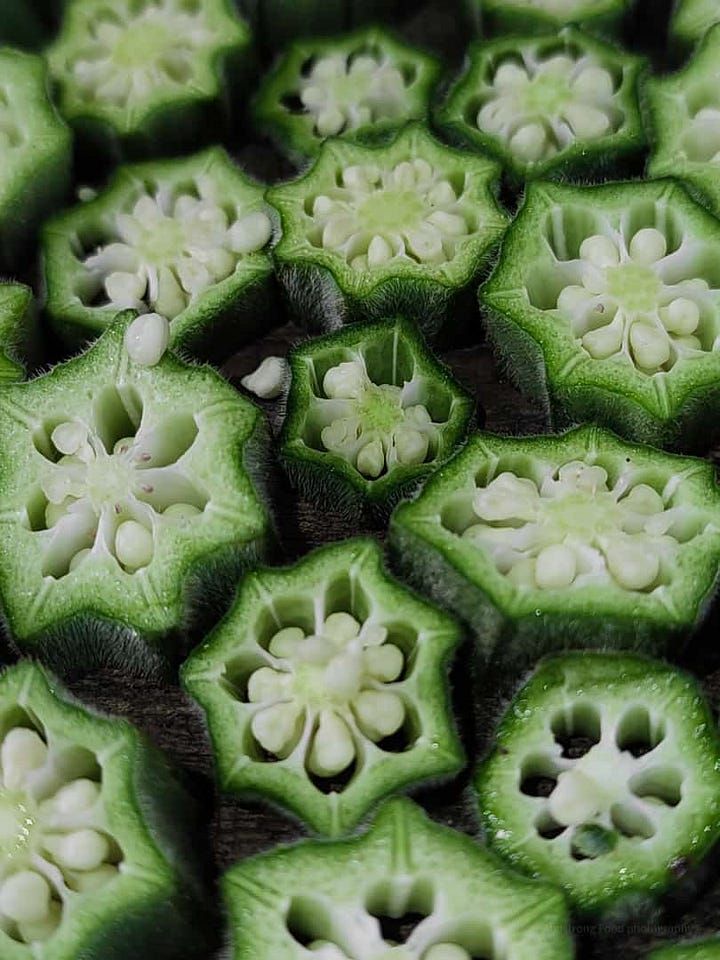
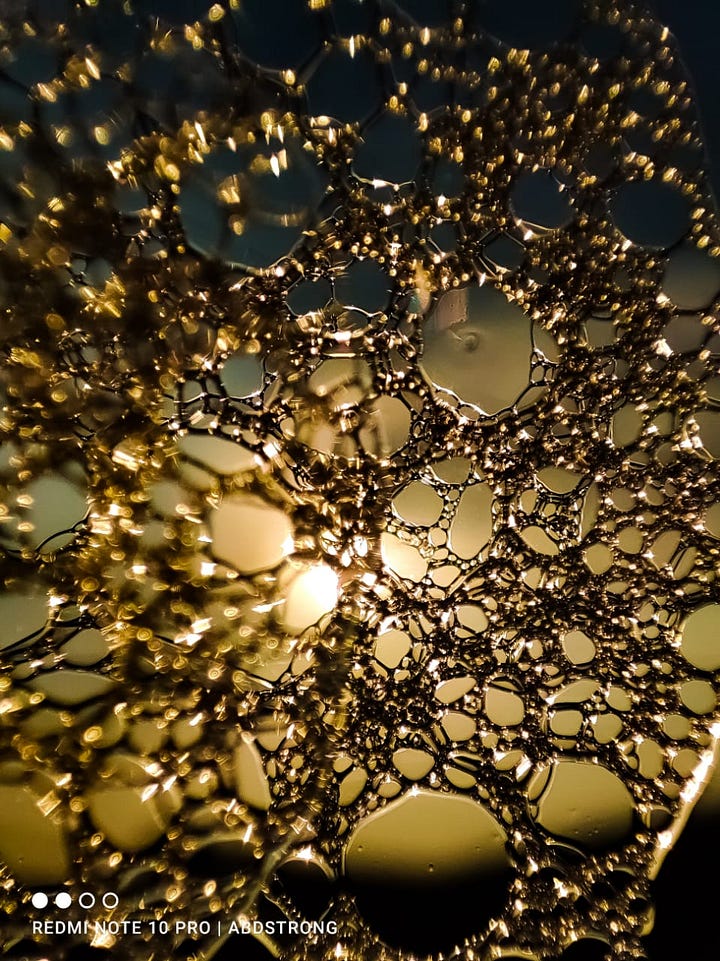
This gives a sense of dimension and draws attention to a particular part of an image.
5. Colour:
There are 2 main categories of colours; cool and warm. Cool colours (blue green) are calm colours, they have a sense of gentleness and darkness while warm colours (red, yellow, orange) convey movement.
Now, to consult the rules of composition before making a picture is a little like consulting the law of gravity before going for a walk ~ Edward Watson
Composition Techniques
There are many composition techniques and sometimes two or more techniques can be combined in one image. Let's look at some of the easiest rules to follow:
1. Rule of Thirds:
Cameras come with inbuilt grid lines(4) that divide the screen into 9 equal parts. The rule of thirds states that the main object or the focus of an image should be located at the intersection points of the lines (there are 4 points of intersection.)
2. Leading Lines:
This techniques uses imaginary lines that leads the eye of the viewer to the main subject.The leading line(s) might be straight or curved and anything can serve as a leading line.
3. Frame in Frame:
This technique uses doors, windows, arches and others to create an additional frame around the main object in an image.
4. Rule of Space:
This relates to the direction the object in your photo is facing or moving towards. There should be more space in the direction of motion of the object. If you are taking a picture of a moving car, for example, there should be more space left in the frame in front of the car than behind it. This implies that there is space in the frame for the car to move into.
Other Composition Techniques including:
Layering
Patterns and Textures
Fill the frame
Isolate the subject
Golden Ratio
You can always read up on them later.
Applying one or more of these 5 composition techniques will result in images that are visually appealing and convey a clearer message to the viewers. There are many other composition techniques and you might want to explore them as you progress in your photography journey.
This month at SJ, we were challenged to take pictures themed, Studying/Working.
Can you identify the composition techniques used by our members in these images?
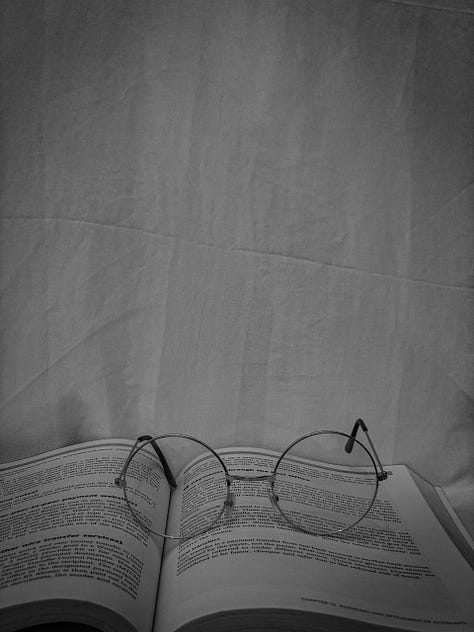

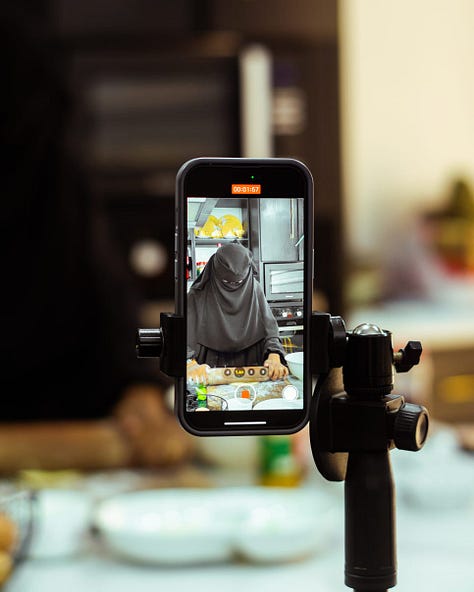
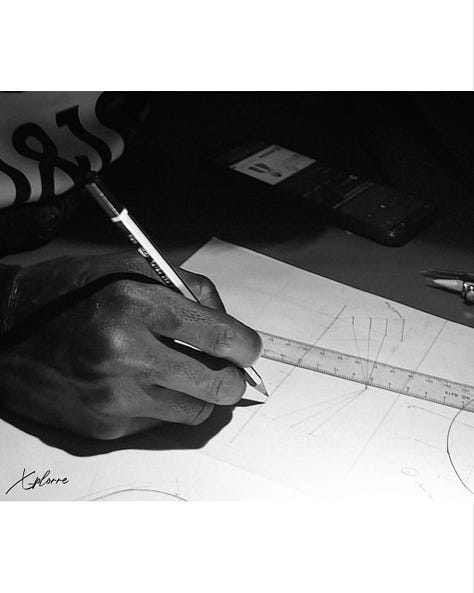


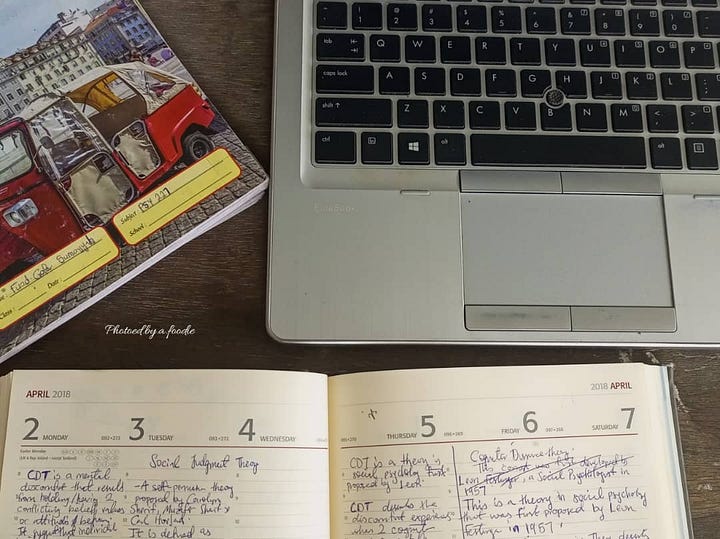
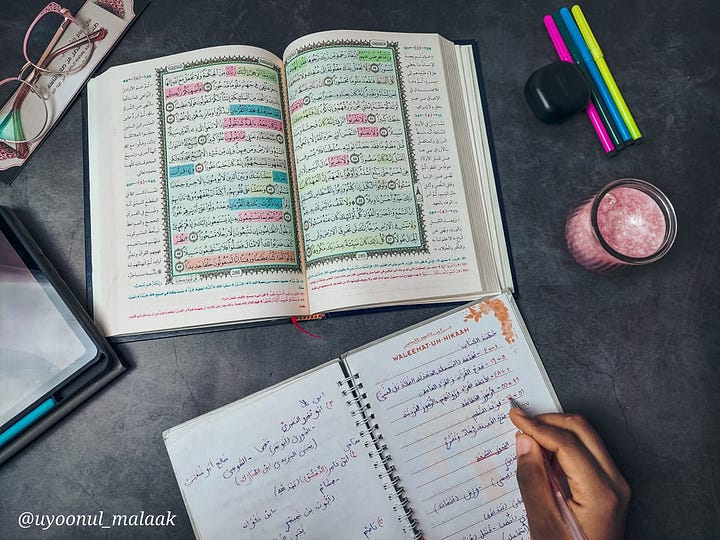
Recommended Texts
1. Mastering Composition- The Definitive Guide For Photographers by Richard Garvey Williams
2. Creative Compositions by Harold Davis
3. Understanding Composition Field Guide by Bryan Peterson
4. The Photograph: Composition and Color Design by Harald Mante
5. The Secrets to Creating Amazing Photos: 83 Composition Tools for Masters by Marc Silber
✍️Sumayyah, A. and Sumayyah, F.

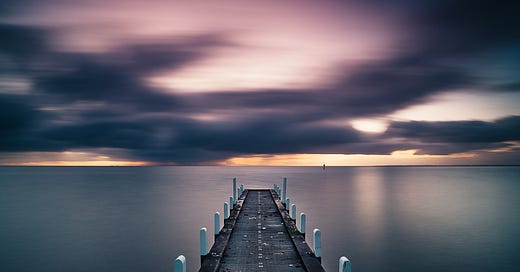



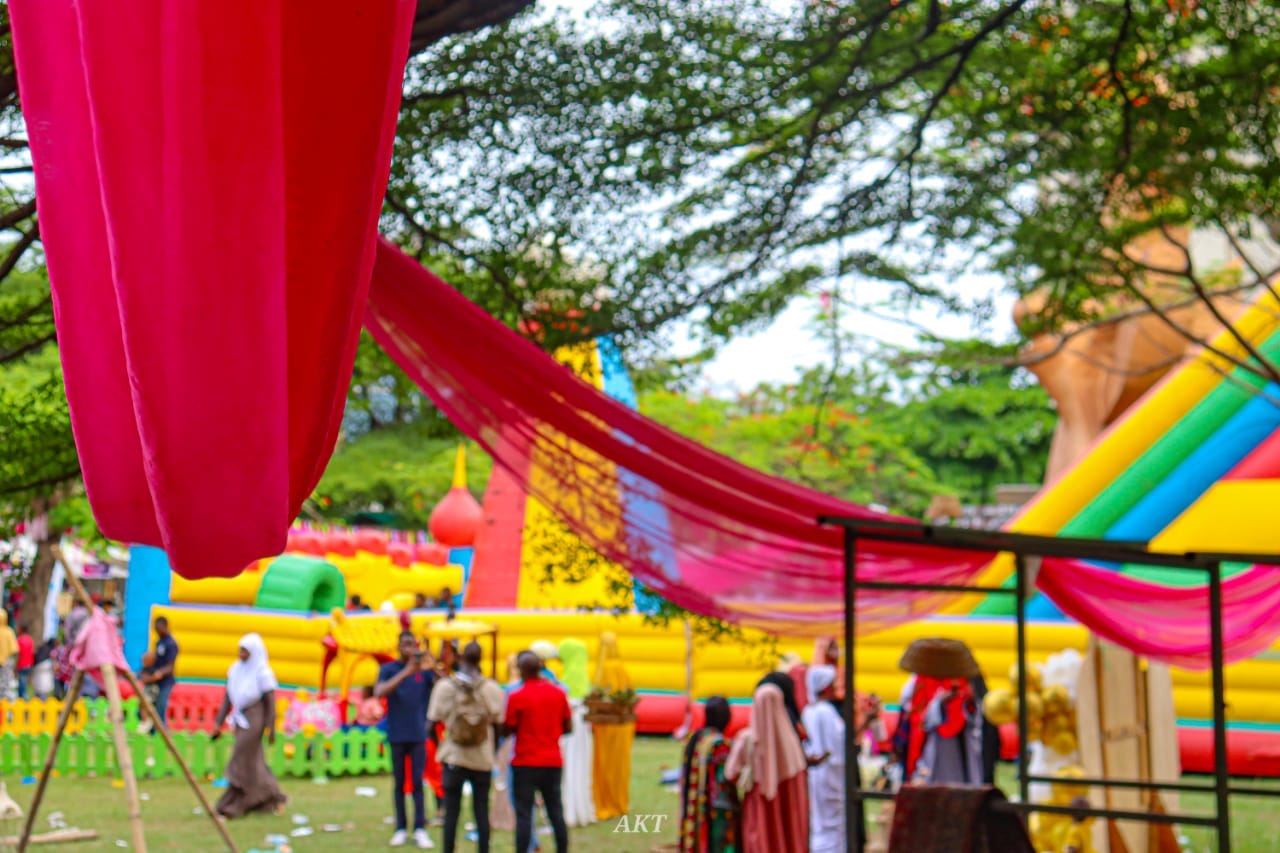

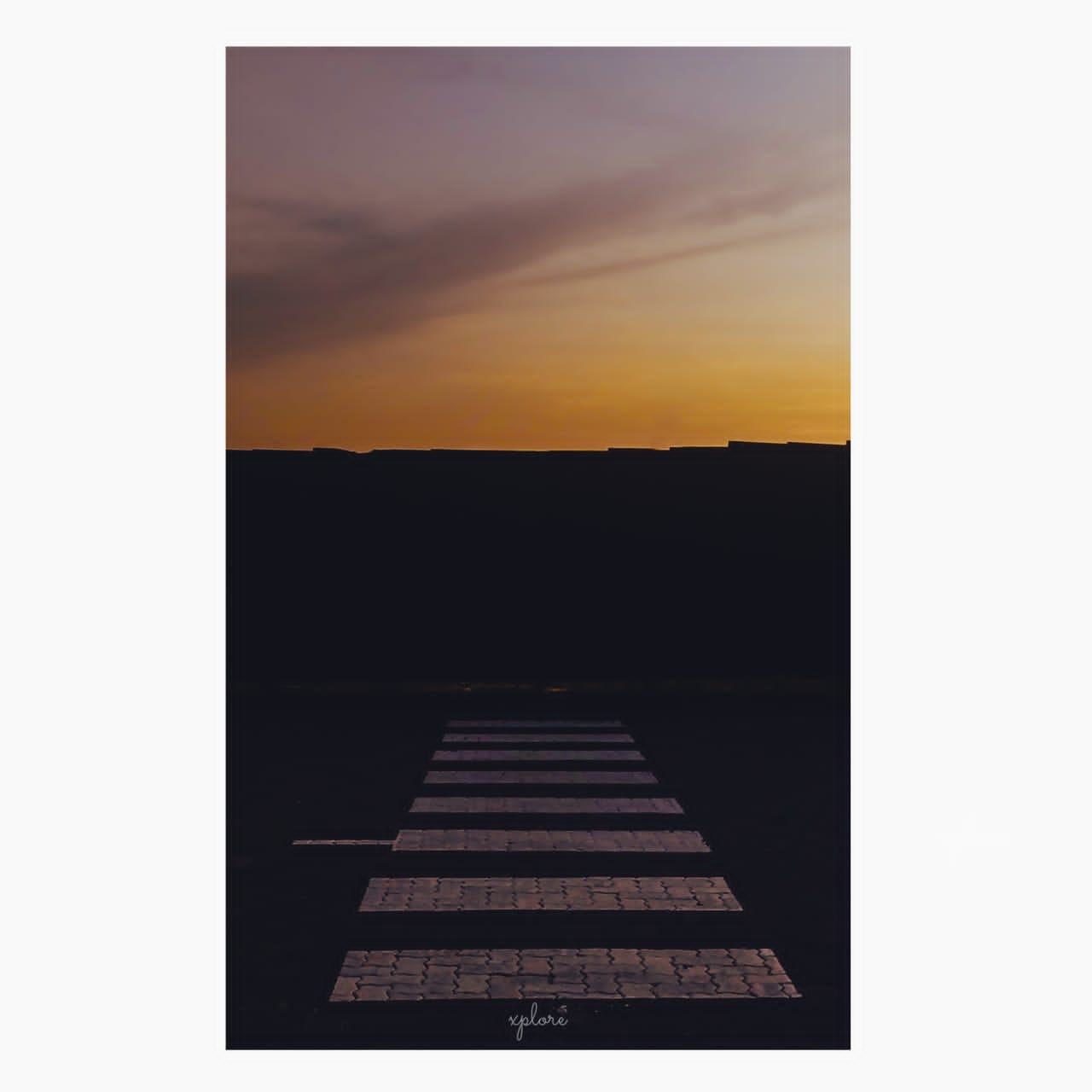
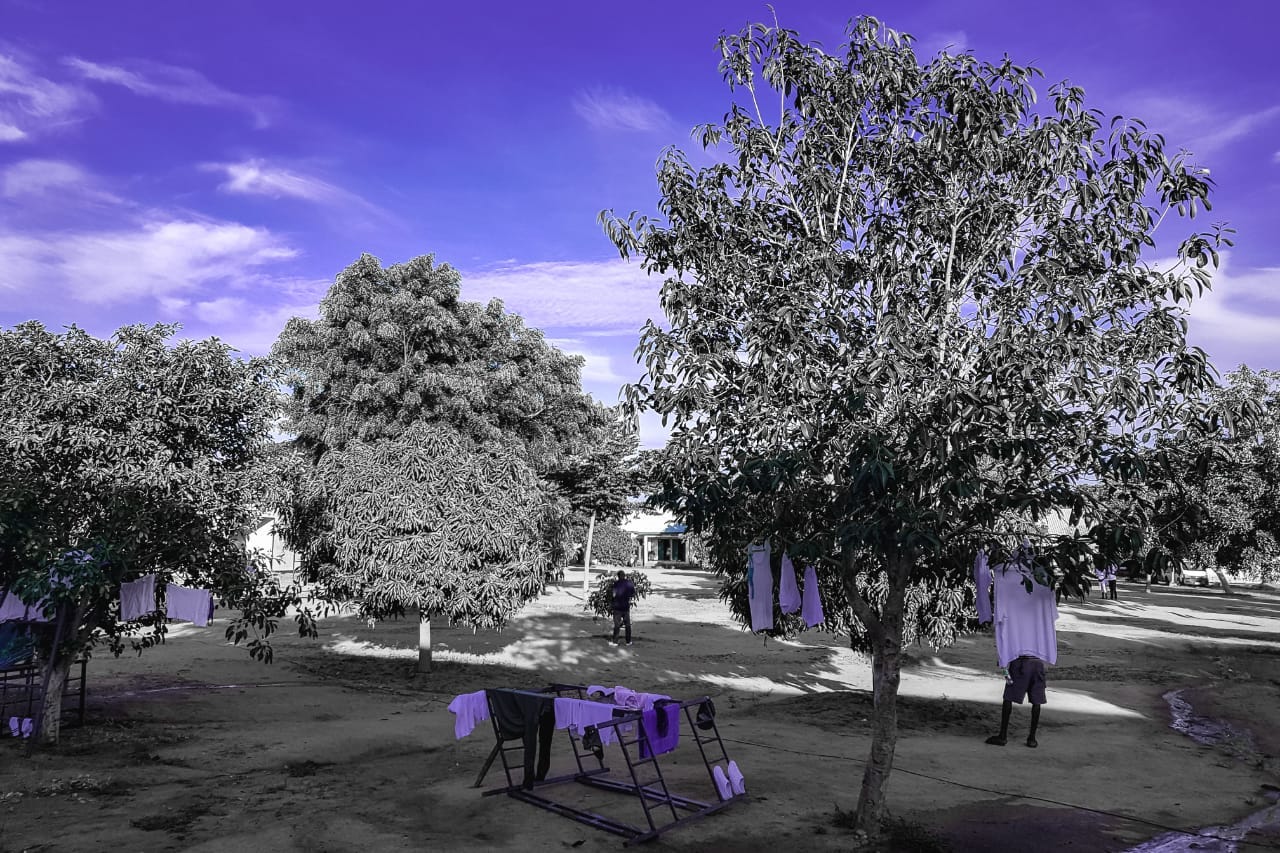
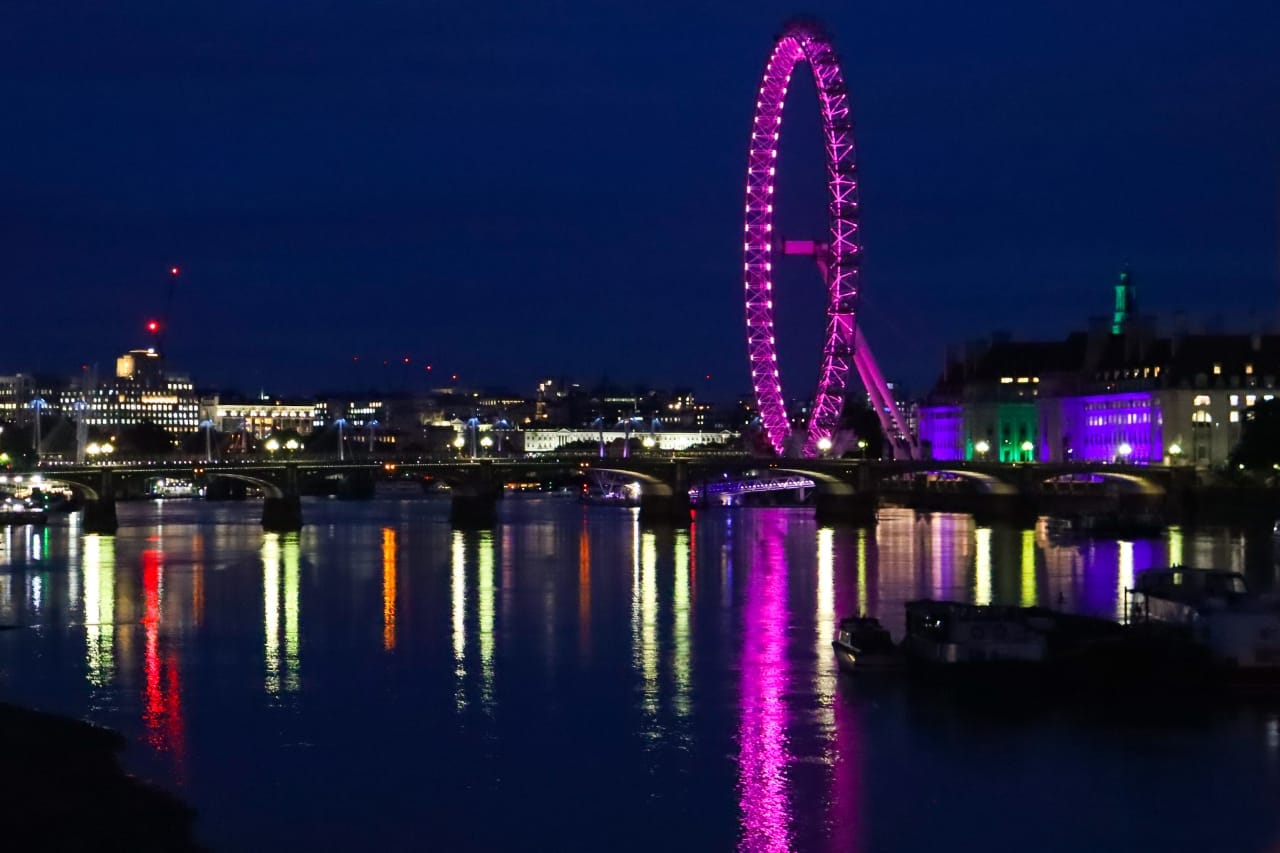


Love these composition tips! Looking forward to putting these techniques into practice. Thanks for sharing!
Thank you for this!